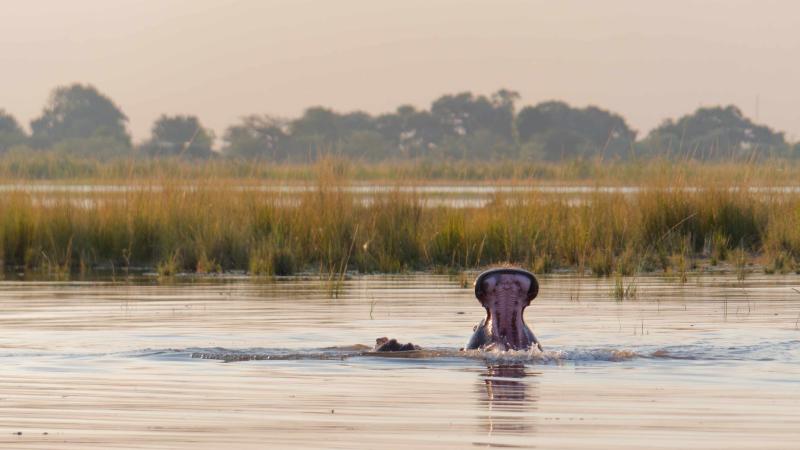Rita Adrian heads the department "Ecosystem Research" at IGB. | Photo: IGB/David Ausserhofer
The interview was conducted by Kristina Simons.
Professor Adrian, how exactly have you contributed to the IPCC, and what is your current involvement?
It takes several years to write such a report involving a large international team of authors. For the upcoming IPCC Assessment Report, I (and several other lead authors) am responsible for the chapter on “Terrestrial and freshwater ecosystems and their services”. We have regular email contact, and will meet in person for the first time in January 2019. Three further meetings will follow. I see this work as my contribution to science and policy, something I am happy to do. I consider it part of my responsibility as a researcher.
What approach do you and your co-authors take?
We draw on existing peer-reviewed scientific literature to assess the impact of climate change on lakes and aquatic biodiversity. From this vast array of studies we extract the key impacts of climate change on lake ecosystems that are more or less universally valid. The final statements contained in the report must be solidly scientifically substantiated.
Overall, the impacts are extremely complex, and depend heavily on the individual conditions of each lake, such as its size and depth, its geographic location and catchment area. We will also address these issues in the report.
How does climate change and global warming manifests in lakes?
Rising air temperatures result in an increase in water temperatures. The climate impact studies we conduct at IGB are based on the long-term research of the Lake Müggelsee and other lakes around the world. We have series of measurements that go back 40 or 50 years, which enable us to calculate trends. For example, the global average temperature of lake surface water in summer has increased by 0.34 degrees Celsius per decade since the 1980s. IGB operates a research and monitoring station at the Müggelsee, a rather shallow lake with a maximum depth of eight meters. Here, the temperature has increased by 0.5 degrees Celsius per decade. In other words, the lake has already warmed by 2 degrees Celsius in the past 40 years. In addition, ecosystems are increasingly exposed to extreme events such as heatwaves and storms; the latter are often accompanied by heavy rainfall. All these factors affect a lake’s thermal structure and nutrient dynamics.
How does warming affect lakes more specifically?
The effects are multi-faceted – let me give two examples. First, the warming trend leads to an increase in the duration of the stable thermal stratification of lakes in summer. The thermocline acts as a transition layer, separating the warm upper water layers from the cold deeper water layers. One of the effects this has is that much of the deep water becomes oxygen-free. Very hot summers, like the one in 2018, prolong and intensify the duration of thermal stratification. They also result in extremely high water temperatures, depleting oxygen levels in the upper layer. Fish moving from cold, deep oxygen-free water to higher layers are then exposed to high water temperatures and insufficient oxygen levels. This can lead to mass fish kill – as observed this past summer.
The second example of how warming affects lakes involves ice formation. Model calculations for the Müggelsee show that the percentage of ice-free years will increase from the current rate of two to sixty per cent by the end of the century. This represents an 800 kilometer geographical shift south for the Müggelsee, putting it on a par with northern Italy.
Will this change in thermal stratification have any other effects?
Prolonged thermal stratification and oxygen-free conditions in deep water trigger the release of nutrients such as phosphate, which were previously bound in the sediment. We call this the climate-induced, internal fertilization (eutrophication) of lakes, which encourages the development of Cyanophyceae blooms. Ten to twenty per cent lower external nutrient loads to lakes would be necessary to compensate for the effect of internal fertilization and to maintain the current eutrophication status.
The interview was published in the > journal 111/2018 of the Forschungsverbund Berlin e.V.






